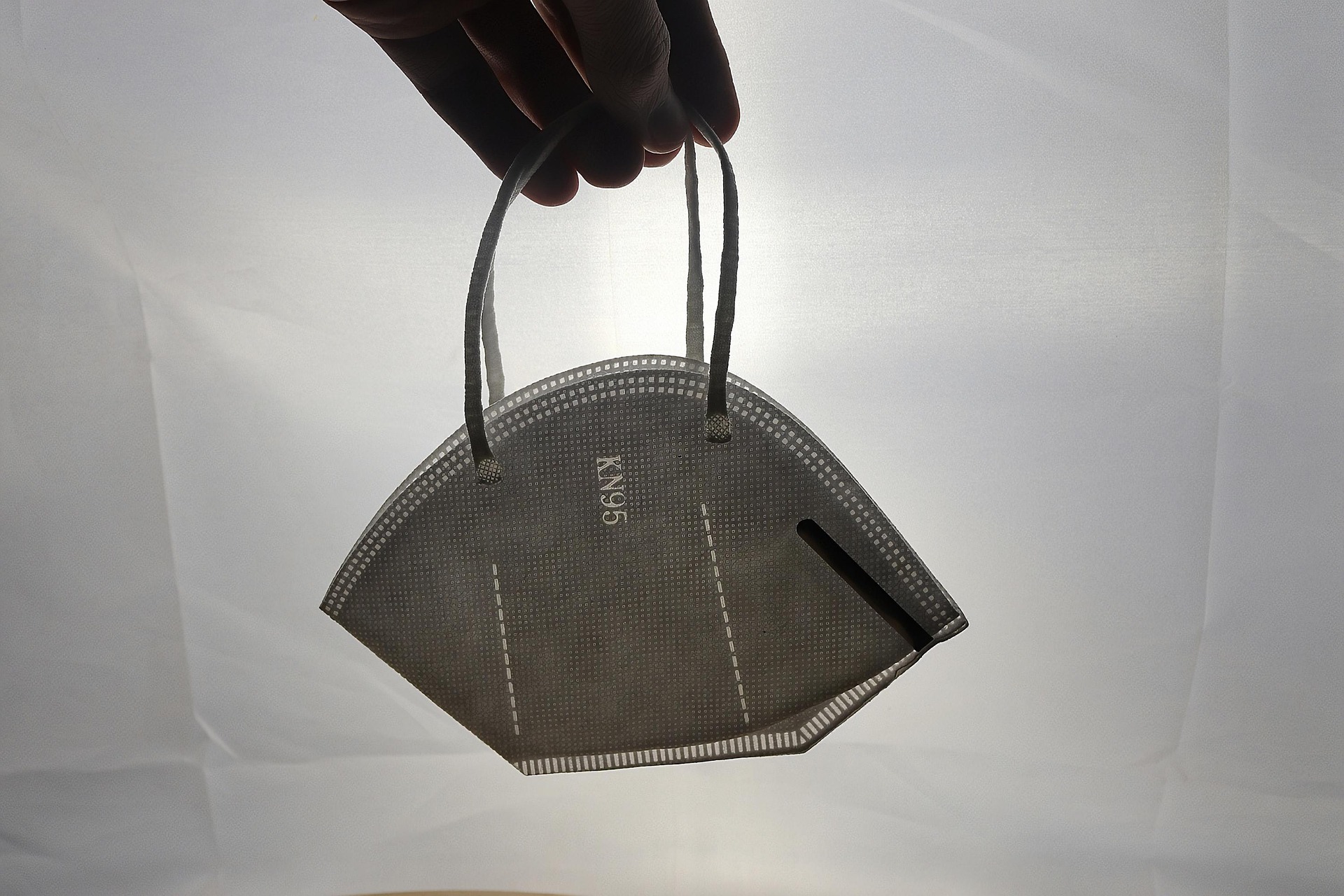What Type of Mask Should Educators Wear?
Educators should be wearing better masks, says Dr. Joseph G. Allen, director of the Healthy Buildings Program at Harvard University’s T.H. Chan School of Public Health.

Not all masks are created equal.
That may be obvious at this point in the pandemic, but choosing a mask that offers the most protection possible is once again important for educators who continue to teach in-person in the midst of the surging Omicron-fueled wave of COVID infections and the still significant tail end of the Delta wave.
At many schools masking is optional, however, educators who choose to wear a mask can still afford themselves a good deal of protection.
“One-way masking is fine,” said Dr. Joseph G. Allen, director of the Healthy Buildings Program at Harvard University’s T.H. Chan School of Public Health in a recent Tweet. “If you're vaccinated, and boosted, and wearing an N95, that's as low risk as anything in your life, regardless of what anyone around you is doing.”
Allen, chair of The Lancet’s Covid-19 Commission Task Force on Safe Work, Safe Schools, and Safe Travel, now believes masks should be optional in schools because of the option of a vaccination, relative low-risk from the virus to students, and the high protection good-quality masks can offer for those who choose to wear these. Despite this, he remains an advocate for masking overall, especially for those who want an added layer of protection during a pandemic surge.
Here are his tips on mask selection and fit.
First choice: N95
Tech & Learning Newsletter
Tools and ideas to transform education. Sign up below.
This mask is one we’ve all heard of for good reason. If worn correctly these masks will block 95 percent of airborne particles. But these have at times been expensive due to the limited supply and intense demand, Allen suggests some alternatives that can be nearly as good.
Second choice: KF94
Made in South Korea, these high-quality, certified masks block 94 percent of airborne particles. “It’s very comfortable and it’s what I’ve been wearing,” Allen says.
Third Choice: K95*
In theory these masks made in China are the equivalent of N95s but it’s not quite that simple. “Here, you need to be very cautious because there have been counterfeit KN95s,” Allen says. “So if you're going to use a KN95 you need to do your homework.” He advises checking FDA and CDC websites to be sure the mask is what it claims to be and has a real NIOSH certificate.
Cloth Masks
Allen cringes when he hears people say cloth masks don’t work when it would be more correct to say these are less effective than other masks. He notes these can reduce a person’s inhaled dose of virus by 50 percent for the wearer. If two people are wearing cloth masks, the combined efficacy is 75 percent. That’s not insignificant but still less protection than one person correctly wearing a higher quality mask will get. So while he disputes cloth masks being useless, as some experts have stated, he agrees it’s time for better masks.
I Can’t Find These Masks. What Can I Do Today?
“If a teacher wants better protection right now you can double mask,” Allen says. “I like the strategy because it's using materials that most people can access and are very cheap and affordable. So you wear a surgical mask, which has good filtration, and then a cloth mask on top that helps improve the seal, and that can get you over 90 percent.”
How Should I Put The Mask On?
Even the highest-quality filtration won’t do anything if you don’t wear the mask right and your breath escapes through the top and sides.
“The mask needs to go over the bridge of your nose, down around your chin and be flush against your cheeks,” Allen wrote in an op-ed in The Washington Post:
“Americans should become familiar with ways to test a mask’s fit. Every time you put on a mask, do a ‘user seal check.’ Put your hands over the mask to block the air moving through it, and exhale gently. You shouldn’t feel air coming out the side or up toward your eyes. Then, test to make sure it stays in place by moving your head side to side and all around. Read passages of text, like the ‘Rainbow Passage’ that’s commonly used for respirator fit testing, and see whether the mask slides around too much when you talk.”
Are Face Shields Necessary?
Allen says that face shields can be helpful as an add-on to a mask in a healthcare setting as they provide eye cover but that they are not necessary for educators.
“This virus spreads through some combination of these large ballistic droplets that masks catch and these smaller aerosols that will float through the air beyond six feet,” Allen says. “The mask is the most important thing, and certainly a face shield should not be worn in place of a mask. Could it provide some extra protection? It can from those direct ballistic droplets, but I think in most settings, a school included, that's not necessary.”
Erik Ofgang is a Tech & Learning contributor. A journalist, author and educator, his work has appeared in The New York Times, the Washington Post, the Smithsonian, The Atlantic, and Associated Press. He currently teaches at Western Connecticut State University’s MFA program. While a staff writer at Connecticut Magazine he won a Society of Professional Journalism Award for his education reporting. He is interested in how humans learn and how technology can make that more effective.

